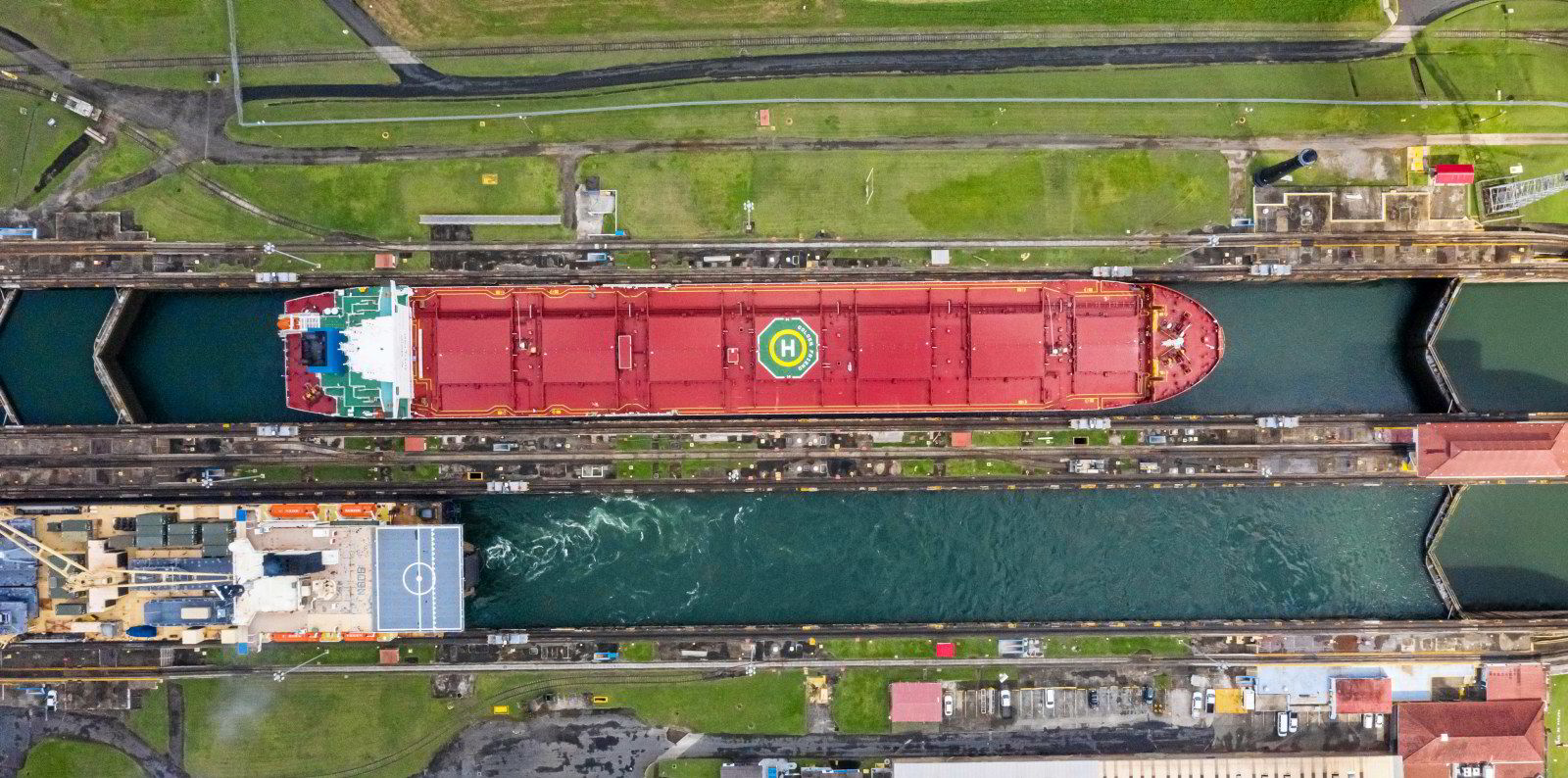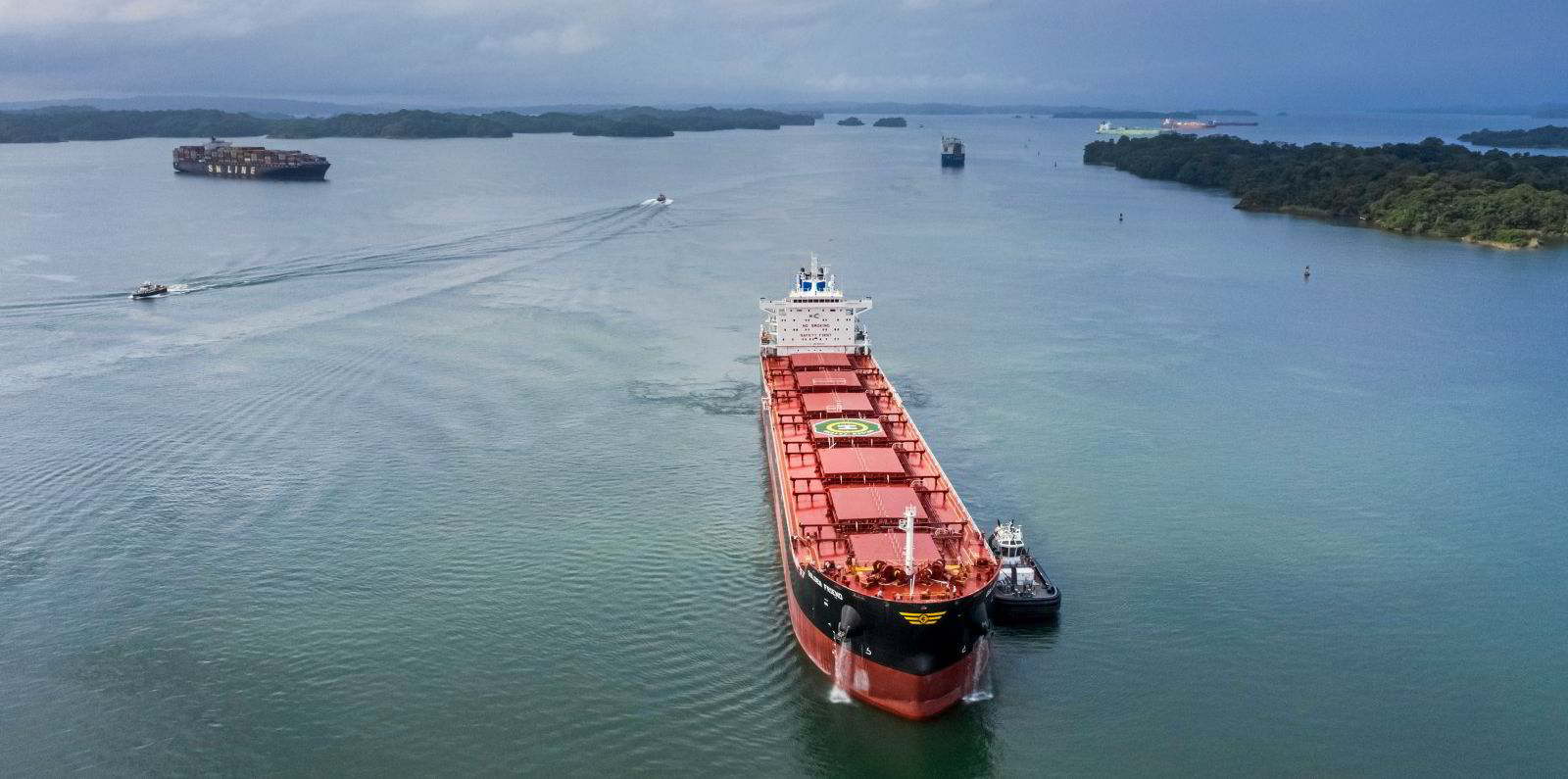Capesize bulkers had a rough go of the holiday-shortened past week, while the small and midsize dry bulk vessels sailed full steam ahead on robust demand.
The Baltic Exchange’s Capesize 5TC set of spot-rate averages across five key routes declined 12.1% since 25 August to $8,561 per day on Friday to reach its lowest point in six months.
“The capesize market faced another challenging week,” Clarksons Securities analyst Frode Morkedal wrote in a note on Friday.
“Sentiment has, on the other hand, improved somewhat, fueled by a rebound in China’s factory activity for August and fresh stimulus measures, as reported by Reuters.”
He noted that Beijing has put forth several supportive measures to boost the economy, such as reducing mortgage rates for first-time homebuyers and revising the down payment ratio in select cities.
“These steps aim to stabilise the property market,” Morkedal said.
Nearly all routes shipping iron ore to China had lower rates by the end of the week, which had a UK holiday on Monday and a Singapore holiday on Friday.
For example, the average spot rate for the benchmark C14 round-trip iron ore route between Brazil and China dropped 6.9% over the past week to $9,290 per day on Friday, according to the exchange.
Meanwhile, the average spot rate for the C5 route from Tubarao, Brazil, to Qingdao, China, slid 2.1% to $18.67 per tonne as the rate for the C3 route from Western Australia to China improved only 3.8% to $7.67 per tonne.
BHP fixed two unnamed capesizes on Thursday to ship 160,000 tonnes of iron ore from Port Hedland, Western Australia, to Qingdao, China, at $7.60 per tonne to $7.70 per tonne, with loading from 13 to 18 September.
On 25 August, BHP hired two unnamed capesizes to send the same amount of ore on the route at much lower freight rates of $7.40 per tonne to $7.45 per tonne, while fellow Australian miner Rio Tinto hired an unnamed capesize to ship 170,000 tonnes of the commodity from Dampier, Western Australia, to Qingdao at $7.35 per day. The vessels are set to be loaded from 8 to 13 September.
“The presence of all three major players led to a slightly optimistic market sentiment earlier in the week, but this positivity did not significantly impact rates on C5, which saw only a minor increase,” Baltic Exchange analysts wrote on Friday in their weekly wrapup of the dry bulk market.
“Meanwhile, the Atlantic market remained subdued, with bids on C3 struggling to attract interest, reflecting owners’ hesitancy.”
The North Atlantic faced challenges with an excess of spot vessels and a shortage of cargo, pressuring the market.”
Smaller bulkers did much better
But average spot rates for supramaxes and handysizes rose throughout the past week as higher demand met limited tonnage in multiple regions, the analysts said.
The Supramax 10TC gained 7.9% over the past week to reach nearly $10,800 per day on Friday, while the Handysize 7TC improved 6.8% to $9,792 per day.
They pointed out that the Black Sea was “especially active” with a 61,000-dwt ultramax fixing from Eregli, Turkey, to the Far East at $20,500 per day.
On the US Gulf Coast, a 63,000-dwt ultramax was fixed for a trip to India at $22,000 per day, and a 61,000-dwt ultramax fixed from Brownsville, Texas, to Egypt at $18,750 with a guaranteed minimum duration of 50 days, they said.

They also noted fixture activity in the South Atlantic, including a 62,000-dwt ultramax fixed from Peru’s Port of San Nicolas to the Far East at $16,000 per day with a $600,000 ballast bonus.
“Increased activity in the Indian Ocean was also evident,” they said, as a 60,000-dwt ultramax ballasted from Saldanha Bay, South Africa, to load at Cape Town for a voyage to China at $17,500 with a $175,000 ballast bonus.
Numerous handysizes were fixed throughout the week in various regions as well, including the Atlantic basin, the Pacific Basin and the Black Sea, the analysts remarked.
Other charters included a 34,000-dwt handysize that sailed from Constanta, Romania, to take a cargo from Otranto, Italy, to Morocco, at $12,000 per day, and a 37,000-dwt handysize that fixed an alumina cargo from Fazendinha, Brazil, to Norway at $16,000 per day.
“The handy sector has remained positive, with the Atlantic seeing the biggest gains,” they said.






